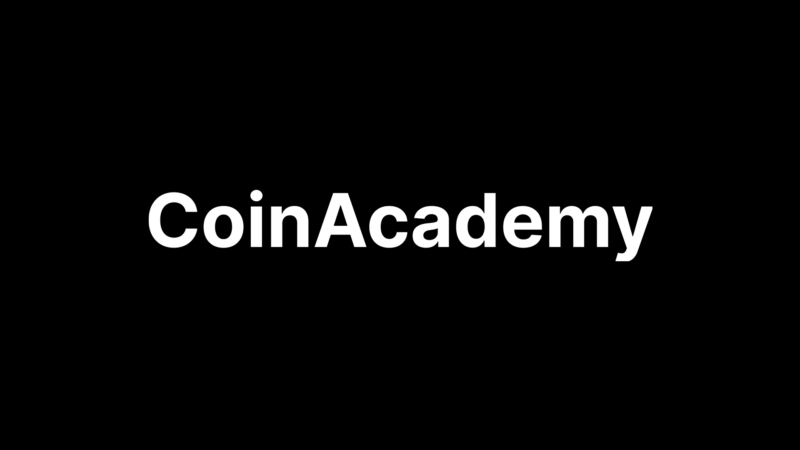Ripple Labs is making headlines. According to Bloomberg, the company is gearing up for a $1 billion fundraising to establish a XRP treasury, its native token. The operation is set to be conducted through a Special Purpose Acquisition Company (SPAC), a strategic investment structure used for large-scale operations.
This ‘digital asset treasury’ (DAT) would consist of both new XRP purchases on the market, estimated at $1 billion, and a portion of the XRP already owned by Ripple. The aim is to strengthen the company’s control over XRP supply and create an internal reserve to support its long-term financial activities.
Ripple already holds around 4.5 billion XRP according to its May quarterly report, out of a total circulation of 59 billion tokens. With this new wave of purchases, the company could acquire nearly 427 million additional tokens. Simultaneously, 37 billion XRP are still locked in an on-chain escrow, with a portion released monthly, mostly being redeposited into the same mechanism.
This move is part of a much broader liquidity management strategy and the expansion into corporate finance. At a time when Bitcoin and Ethereum dominate the balance sheets of publicly traded companies with $152 billion and $23 billion held in treasury, respectively, Ripple aims to position XRP as a credible institutional reserve asset.
Ripple launches its own XRP treasury company?
At the same time, Ripple has just wrapped up one of its biggest deals to date: acquiring GTreasury, a treasury software giant used by Fortune 500 companies, for $1 billion. The goal is clear: to transform Ripple into a key player in digital corporate finance.
This acquisition, still subject to regulatory approval, is expected to be finalized in the coming months. Once approved, Ripple will gain access to technology already utilized by some of the world’s largest companies to manage their cash, risks, and foreign exchange operations.
From blockchain to corporate treasury
With GTreasury, Ripple steps into a massive market: that of financial departments handling billions of dollars daily through outdated systems. By integrating these tools into its blockchain service suite, the company aims to modernize global liquidity management while establishing its technology as a standard.
For too long, money has been stuck in sluggish and costly payment systems. With GTreasury, we will finally unlock that capital and enable instant payments.
In practical terms, client companies will soon be able to release their immobilized cash, automate their flows, and benefit from instant settlements via the blockchain, a major advantage in a context where speed and transparency are becoming top priorities.
A well-orchestrated expansion strategy
This acquisition marks Ripple’s third strategic acquisition in 2025. After absorbing Hidden Road, a multi-asset prime broker for $1.25 billion, and Rail, a stablecoin payment platform for $200 million, Ripple is progressively building a comprehensive financial infrastructure, from asset custody to liquidity management.
The company, historically known for its cross-border payment solutions via the XRP Ledger (XRP), has clear ambitions: to become the backbone of digital institutional finance. Its dollar-backed stablecoin, launched in 2024, now exceeds $840 million in circulation on XRP Ledger and Ethereum.
By connecting GTreasury to its ecosystem, Ripple seizes a central role in global financial flows. The company no longer settles for promoting crypto payments; it now enters the treasuries of major corporations, where the real circulation of money is decided.
If all goes as planned, Ripple could become the first player to offer a full-stack financial platform based on blockchain, combining payments, asset custody, stablecoins, and treasury management tools.
A major turning point for the company, and perhaps an indication that the blockchain revolution has just entered the treasury rooms around the world.




